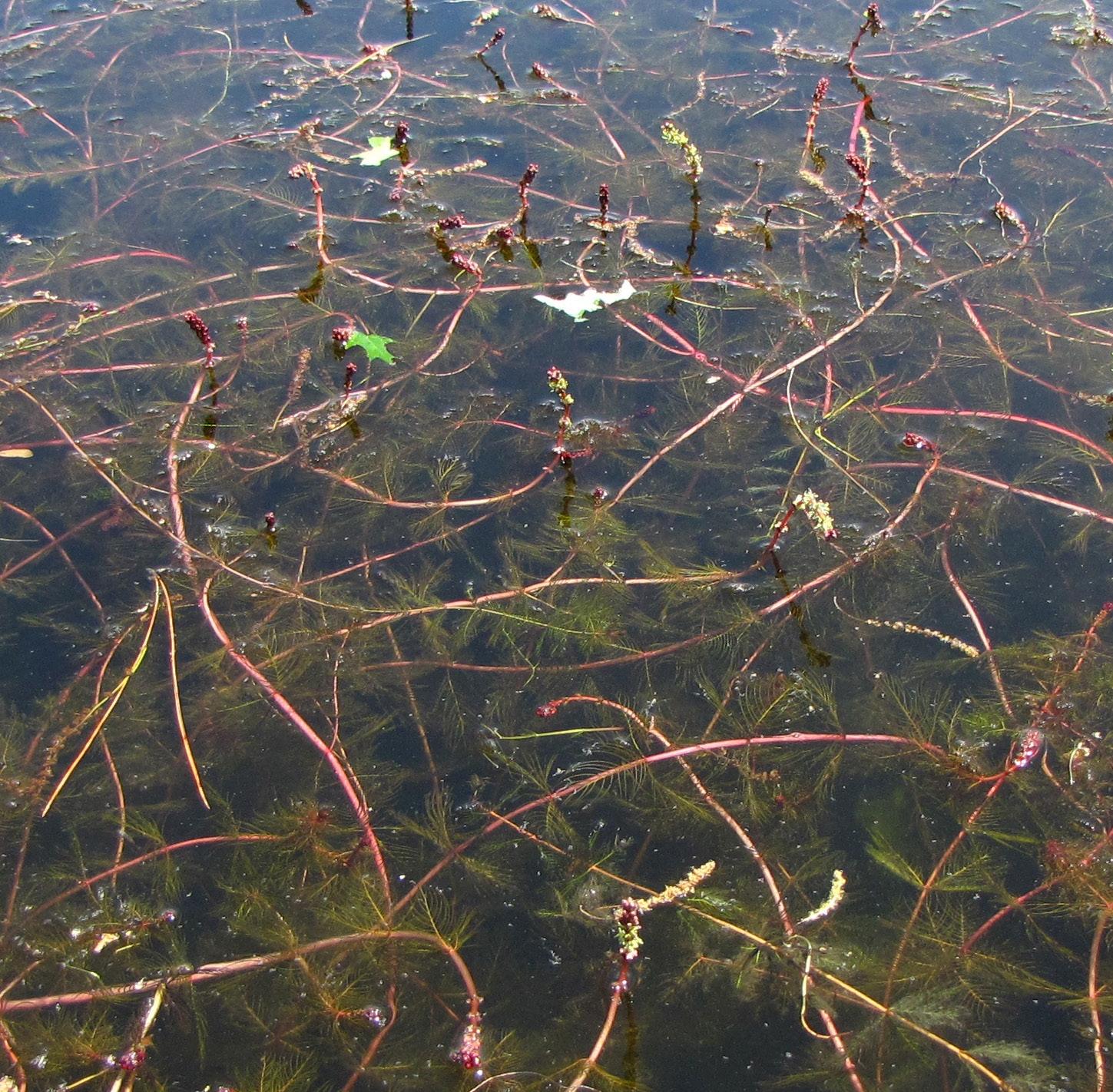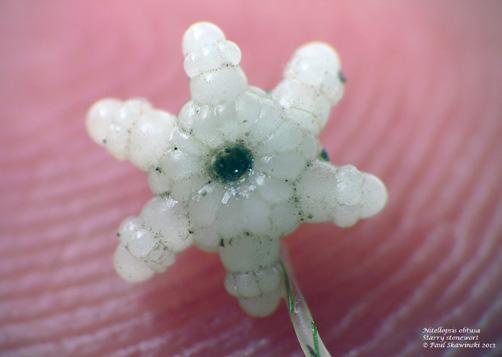
5 minute read
Say Yes To Lakes
Emma Macek
Emma Macek is a public information officer in the DNR’s Office of Communications.
Donations Support Wisconsin Waterbodies
Summer is the perfect time to hit the water. Not much can beat cooling off in Wisconsin’s lakes, casting a line and spending time with friends and family. Aquatic invasive species can put a damper on summer fun by tangling boat propellers and taking over swimming areas. They can also outcompete native plants and alter wildlife habitats.
The DNR works to better understand aquatic invasive species and their impacts on Wisconsin waters. Thanks to generous donations from the public, the Aquatic Invasive Species Fund supports the DNR’s research to improve aquatic invasive species prevention and management efforts.
“The Aquatic Invasive Species Fund is a sciencebased effort that allows us to collect information relevant to Wisconsin and the concerns we’re facing here, and to focus our resources toward what’s going to make the most impact and help preserve the amazing legacy we have with Wisconsin lakes,” said Michelle Nault, DNR lakes and rivers section manager.

Crews are studying well-established existing invasive species in Wisconsin’s lakes and new ones that could make their way into our state. Among the former is Eurasian watermilfoil, an aquatic invasive plant that has been present in Wisconsin since the 1960s.
Eurasian watermilfoil is found in around 700 lakes and reservoirs in Wisconsin, varying from low to high abundance. The nonnative plant grows primarily underwater, but in some lakes, it reaches the water surface to create dense “surface mats” that make swimming difficult and take space and light away from native plants.

Eurasian watermilfoil is spread through fragments, a unique reproductive strategy for aquatic plants.
“That allows it to potentially quickly colonize a lake, where you could have a single plant that breaks up into fragments, and a fragment could float halfway across a large lake and reestablish in a new location,” Nault said.
Data-Based Decisions
With support from the Aquatic Invasive Species Fund, DNR staff have studied Eurasian watermilfoil’s growing seasons, environmental effects (temperature, ice cover, etc.), long-term population trends, native plant interactions, management types and hybridization with native milfoils, among other topics.

Each summer, crews sample lakes using a standard monitoring protocol to gather important data. The Aquatic Invasive Species Fund makes this fieldwork possible.
“Being able to collect data and understand what’s underneath the water allows us to make better informed and better-implemented management decisions,” Nault said.
Over the years, the DNR has learned how and when to use different management techniques while also concluding that sometimes, it’s better not to manage a lake at all.
Commonly implemented management techniques, including mechanical harvesting or chemical application, can also be impactful to certain native plants and animals. Such methods should be reserved for situations where any adverse effects of aquatic invasive species are clear.
Scientists have found that in some waterbodies, Eurasian watermilfoil does not grow to abundances
that impact recreation or ecology. And while still considered invasive, Eurasian watermilfoil can even provide value, particularly in degraded waterbodies lacking native plant habitat. Like other plants, it also can absorb and uptake nutrients, which can benefit a waterbody.
The DNR uses data when working to determine the best management strategy for Eurasian watermilfoil, collaborating with many local partners to develop long-term and realistic management plans.
Staying Ahead
The Aquatic Invasive Species Fund also enables the DNR to research newly introduced aquatic invasive species in Wisconsin’s waterbodies.
For example, starry stonewort is an invasive macroalga that has only been in Wisconsin for about a decade. Research crews are leading an ongoing effort to better understand the ecology and management of this nonnative species.

DNR staff also identified invasive quagga mussels in an inland Wisconsin lake for the first time in fall 2024. They have been in Lake Michigan for many years.

It is essential for the health of our lakes to be able to evaluate and respond to invasive species as soon as they’re detected in the state and proactively study other species that could become established. The DNR lakes and rivers team also works to bring easy-to-interpret findings and information to the public.
“We’re always ready to jump on the next hot-topic issue and ensure we are staying ahead of the game,” Nault said. “There are a lot of invasive aquatic plants and animals knocking at our doorsteps.”
Learn More
See details on the Aquatic Invasive Species Fund and make a donation. You can contribute as little as $2 via the DNR’s Go Wild portal or while registering or renewing your boat registration online, with an agent or by mail.

